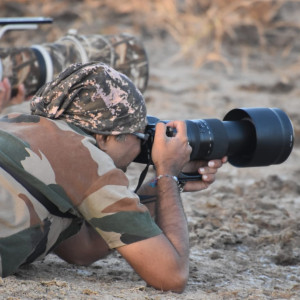It was here WAY before you even tried Goof-Friend-Mike
Glossary
| Partial Sunlight |
The minimum light a fig tree needs to thrive. While most figs prefer full sun, some varieties can tolerate partial shade in hot climates. |
| Peat Moss |
Harvested dead moss that had sunk below the living spaghnum. It is actually the dead, decayed plant matter of sphagnum moss that settles at the bottom of the sphagnum bogs. Dried and ground. |
| Pectin |
Figs are rich in pectin, a natural fiber that aids in digestion and acts as a gelling agent in preserves. High pectin levels make figs ideal for making jams and jellies. |
| Peeling Skin |
Figs with a delicate skin that naturally peels back when ripe. These figs are prized for their unique texture and easy-to-eat qualities. |
| Perlite |
A lightweight, porous material added to soil mixes to improve aeration and drainage. Perlite is especially useful when rooting fig cuttings. |
| Persistent |
Persistent figs, also known as common figs, are a type of Ficus carica that do not require pollination to produce fruit. Both the breba (first) and main (second) crops develop parthenocarpically, meaning they mature without the need for fig wasps or pollination. The term persistent is used for figs that do not require the wasp to ripen fully. It is used for both male and female figs. But when we say a Caprifig is persistent. It means the tree will ripen it's crops with out the wasp. But it also means that if we use it for breeding. About 25% of it's offspring will be persistent Caprifig and 25% of it's offspring will be common female figs. The other 50% male and female. Will require the wasp or manual pollination. |
| PH |
Potential of hydrogen - measure of acidity or basicity of aqueous or other liquid solutions. 7 is neutral. |
| Photosynthetic Efficiency |
The ability of fig leaves to convert sunlight into energy. Healthy leaves with high chlorophyll content are critical for supporting fruit development. |
| Phytophthora Root Rot |
A fungal disease caused by waterlogged soil, leading to root decay and poor tree health. Ensuring proper drainage and avoiding overwatering helps prevent this issue. |
| PI |
Plant Introduction: Another identification system used by the National Plant Germplasm System to track its fig varieties. For example PI 18847 has the common name of Bourjassotte Grise and is also known as DFIC 339. |
| Pinch |
To remove the apical tips of growing tips to induce side branching. Usually done during active growth. |
| PITA |
Pain in the Arse |
| Plant Growth Regulators |
Substances used to manipulate fig tree growth patterns, such as promoting fruiting, delaying dormancy, or controlling shoot development. These are commonly used in commercial fig production. |
| Plashing |
Interweaving branches together. Can be used to "fuse" two trees together so they look like one. |
| Pleaching |
Interweaving branches together. Can be used to "fuse" two trees together so they look like one. |
| Pollination Ecology |
The study of how figs interact with pollinators like fig wasps. Understanding this relationship is crucial for growers working with Smyrna or San Pedro types. |
| Pollinator Dependence |
Many wild fig species rely on specific wasp species for pollination. This mutualistic relationship ensures the survival of both the fig and its pollinator. |
| PP |
Petals from the Past, commonly used on the LSU Black variety. |
| Pre-rooting |
Using any number of methods to get roots started on a cutting. The more popular methods are cups and bags but some even direct plant into the ground. |
| Primary and Secondary Fruit |
Primary fruits refer to the breba crop, which forms on old wood, while secondary fruits make up the main crop on new growth. Understanding this distinction helps optimize harvests. |
| Profichi |
Profichi figs are the first crop produced by caprifig trees (Ficus carica, male fig trees). These figs play a vital role in the life cycle of the fig wasp, as they house the wasps' larvae and provide pollen necessary for pollinating certain types of edible figs, like Smyrna and San Pedro varieties. Profichi figs are not consumed due to their poor taste and texture but are essential in fig cultivation, particularly in areas growing pollination-dependent figs. Collectors and growers value these figs for their ecological importance in sustaining fig-wasp symbiosis.
|
| Propagation Beds |
Designated areas for rooting fig cuttings or air layers. A well-prepared propagation bed with adequate moisture and drainage increases success rates. |
| Propagule Viability |
The success rate of fig cuttings or seeds to develop into mature plants. Viability depends on factors like cutting condition, storage, and propagation techniques. |
| Prune |
to cut off parts for better shape or more fruitful growth. Usually done while dormant. Here is a very helpful writeup and explanation by Pete. |
| PS |
Patrick Shafer (PS) provided most of the comments below on each fig. Patrick’s figs are growing in the Anderson Valley (near Philo, west of Ukiah) with daily highs in the 90s from June to September, but with cool nights |



